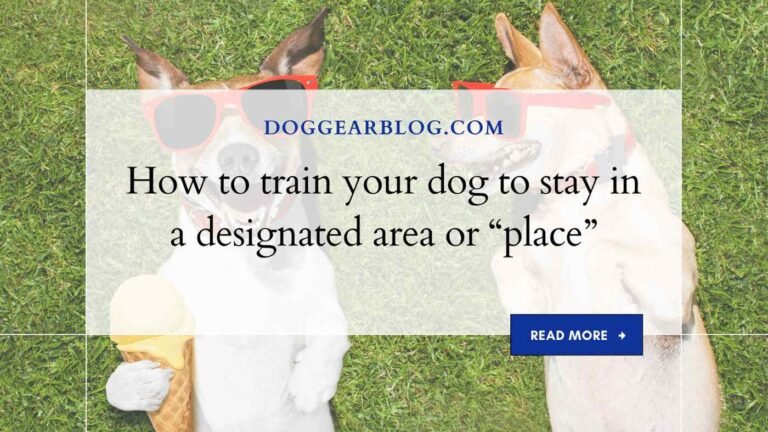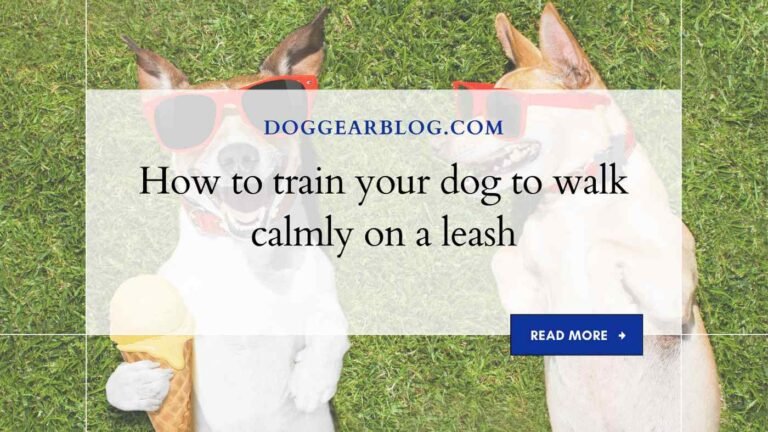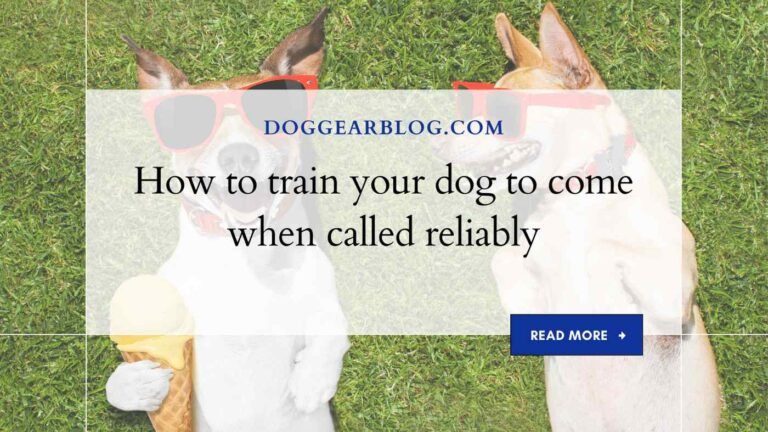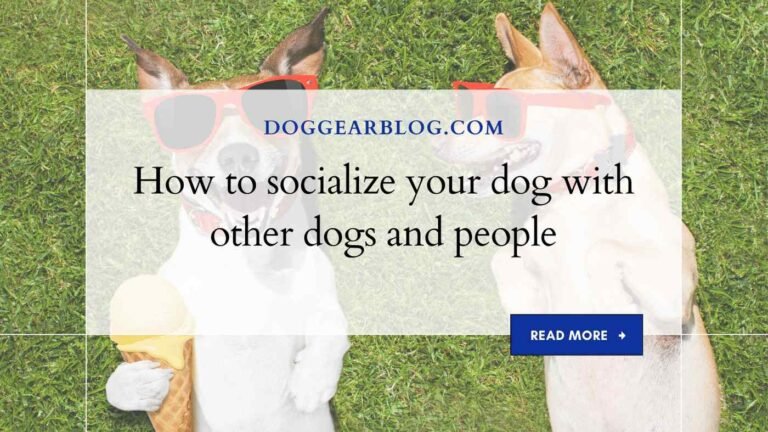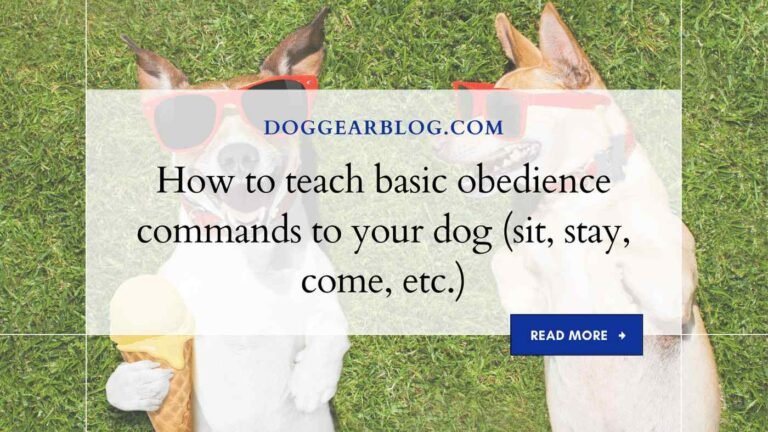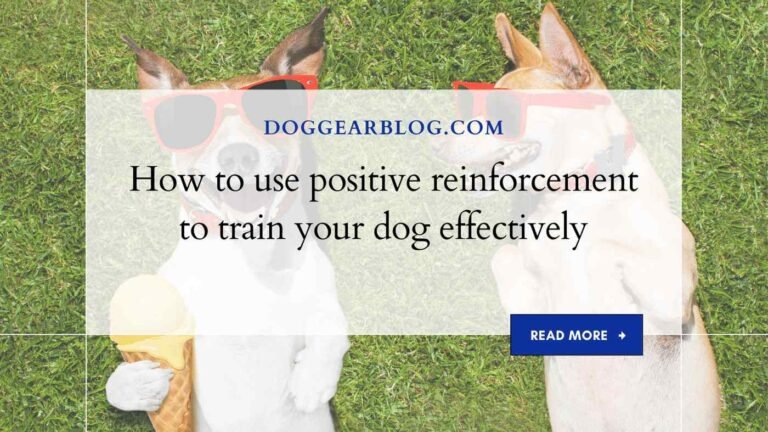How to train your dog to be calm and relaxed during car rides
Does your furry companion go berserk every time you take them out for a car ride? Do they bark incessantly, jump around the backseat or drool and pant uncontrollably? If yes, then you’re not alone. Many dogs display anxious behavior during road trips that can be stressful both for them and their owners. However, teaching your dog to stay calm and relaxed during car rides is possible with some training techniques and patience.
In this blog post, we’ll guide you through the steps on how to train your dog to be comfortable inside a moving vehicle so that both of you can enjoy hassle-free journeys together!
What is car training?
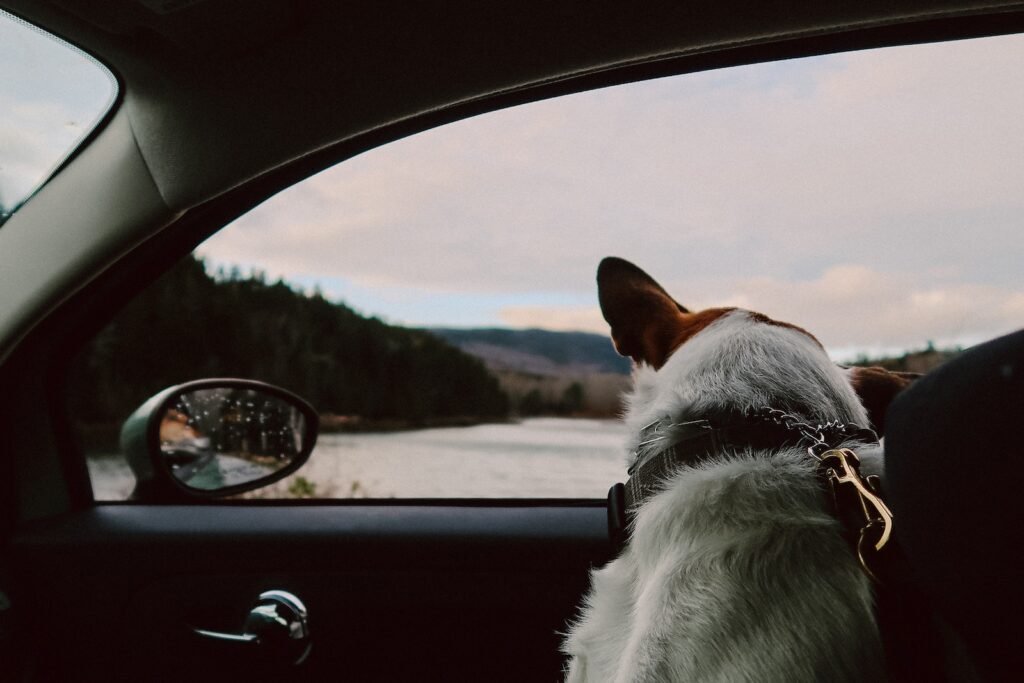
Training your dog to be calm and relaxed during car rides can make both your journeys safer and more enjoyable. There are a few things you can do to help prepare your dog for car travel, starting with teaching them basic obedience commands such as sit, stay, down, come, and wait. You’ll also need to establish a positive relationship with your dog so that they trust you enough to remain calm in the event of an emergency. Dogs that feel safe in situations – including travelling in cars – are less likely to become anxious or Scaredy Squirrel-like when confronted with new surroundings.
Once your dog is familiar with basic commands and is comfortable travelling in vehicles, you can start training them to be calm and relaxed. One way to do this is by using a “calming signal.” This consists of gently pulling your dog’s hair (or if they’re muzzled, placing your hand on their muzzle) while giving them verbal instructions like “stay,” “quiet,” or “calm down.” You may also want to use treats or dummy objects as rewards when your pup behaves calmly in the car.
While some dogs will naturally become more relaxed during car rides, others may require more intensive training. If you find that your dog becomes overly excited or agitated on long trips, try taking small breaks along the way or alternate routes for a bit so that they get a little variation in their journey. And finally, always buckle up! Crash safety is key no matter how well behaved your dog is!
The benefits of car training your dog
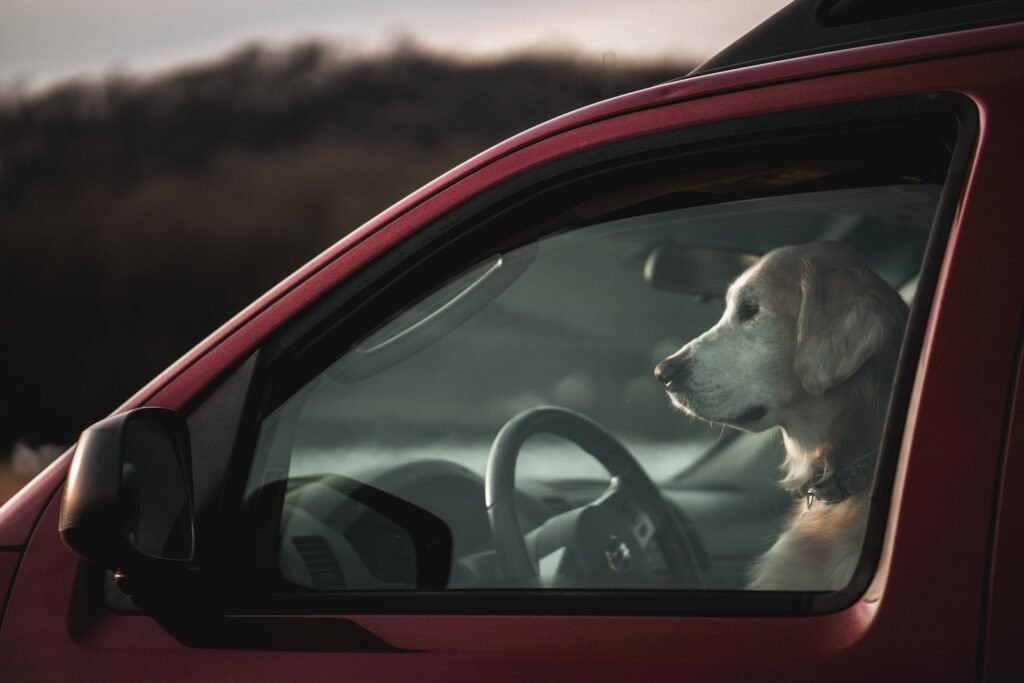
There are many benefits to training your dog to be calm and relaxed during car rides. Dogs that are anxiety-free in vehicles tend to be more behaved overall, and enjoy being in the car more. They’re also less likely to get into trouble while you’re on your way somewhere. Here are five reasons why training your dog to be calm and relaxed in the vehicle is a good idea:
1) They’re Less Likely To Get Into Trouble
- If your dog is anxious around vehicles, they’re likely to be fearful and tense when riding in them. This can lead to problems like jumping out of the car or trying to escape from the vehicle when you’re driving. Training your dog can help reducing these behaviors and make trips in the car much more peaceful for everyone involved.
2) They Enjoy Being In The Car More
- Dogs that are relaxed and comfortable around cars tend to be happier members of society. Not only do they have fewer behavioral issues, but they also seem to enjoy spending time inside Vehicles more than dogs who are afraid or tense around them. If you have an active dog that loves going for walks or playing fetch, learning how to train them will make car rides complete enjoyable experiences for them as well!
3) They’re Less Tense And React More Negatively To Strangers Or Strange Things Going On Around Them
- Anxious dogs often have high levels of Cortisol, which is a stress hormone. This means that they tend view everything around them as a potential Danger. This can make them difficult to be around and can even lead to aggressive behavior when confronted with strangers or unusual things. Training your dog to be calm and relaxed in the car will help make them more accepting of new situations and people, which is a great trait to have if you live in a populated area.
4) They’re Less Likely To Get Over- exercised In The Car
- Dogs that are constantly on edge are more likely to get over-exerted while riding in cars. This can lead to panting, overheating, and feeling stress out in the car. Training your dog to be calm can help them conserve energy and avoid these issues altogether.
5) They’re Less prone To Head Trauma In Car Accidents
- In many cases, anxious dogs are more likely to head-butt or bite their owners or other occupants of the car in accidents. Training your pet to be calm will reduce the chances of this happening and make for a much safer ride for everyone involved.
Steps to train your dog to be calm and relaxed during car rides
While car rides can be a fun experience for both you and your dog, it’s important to remember to keep things calm and relaxed. Here are a few tips to help train your dog to be calm and relaxed:
- Establish rules for car rides. Make sure you and your dog know the rules beforehand, such as no jumping out of the car, chewing on objects in the car, or excessive barking. If your dog breaks the rule, provide appropriate reinforcement (such as a treat) for good behavior.
- Familiarize yourself with the surroundings of the car. This will help your dog stay calm when you’re driving in unfamiliar territory. Try to focus on items in the foreground and avoid looking at anything that could make your dog anxious or fear-provoked.
- Avoid distractions while driving. Keep any material that can be used as a distraction (like toys or children) out of reach of your dog, and refrain from talking or singing loudly while driving unless specifically asked to do so by your driver instructor or vet.
- Drive slowly and calmly around corners. When turning corners, gradually bring your vehicle closer to the curb until it’s virtually stopped before making the turn – this will minimize sudden movements that may trigger an excited response from your pet.
- Give positive rewards while traveling – especially if your dog is behaving calmly and politely throughout the ride! In addition to treats, give high-value rewards like Kongs® or Nylabones® – these will encourage good behavior in the future.
Tips for success
Some tips for success when training your dog to be calm and relaxed during car rides include:
- Start with short car rides, gradually increasing the duration and frequency over time.
- Always provide positive reinforcement during training sessions, including verbal praise and petting.
- Try a variety of training techniques, such as rewards-based training or clicker training, to find what works best for your dog.
- Pay close attention to your dog’s body language during car rides – if he is tense or restless, take the ride offline until he has calmed down.
- Remember that your dog will eventually learn how to be relaxed in any situation, provided you provide consistent and positive reinforcement over time.
Conclusion
If you’re like many pet owners, you probably cringe when you see your dog tense up in the car. Training your dog to be calm and relaxed during car rides can make everyone’s ride a bit more pleasant, not to mention safer.
Follow these tips for training your dog to be relaxed on trips:
- Start early. Train your dog while they’re still young, and they’ll be more likely to respond to commands when they’re on a car ride.
- Use positive reinforcement. Reward your dog anytime they’re calm and relaxed during car rides, whether it’s laying down or sitting quietly in the backseat.
- Use verbal commands. Start out with simple commands like “sit” and “stay,” and gradually add more complex ones as your dog becomes better trained.
- Use distractions. If your dog starts to get antsy or restless, provide them with gentle distractions like a favorite toy or kitty cat in the passenger seat.

